Stories
A closer look will CHANGE your perspective

Photo Credit: Jan Møller Hansen
Over 4 million Nepalese have left to work abroad.
More than 14% of total population.
However their life abroad and back home both present
BIG
challenges.
The upcoming slides peek into their lives.
12 men in a Room

In some labor camps in Musaffah industrial area of Abu Dhabi, up to 12 men live in a single room of around 100 sq. ft.
| A Day of a migrant Worker | Time |
|---|---|
| Wake up | 4 AM |
| Company Bus Arrives | 5 AM |
| Arrive at their factory | 7 AM |
| Work all day with an hour break for lunch | 7 AM-7 PM |
| Return to their labor camp | 8 PM |
16 Hours of a Migrant Worker

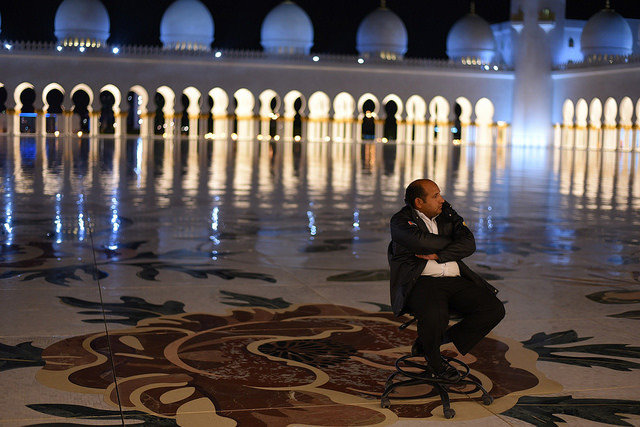
Cleaning floor
Watchman
Kinds of work:
After 8 PM, they take a shower. If there are no proper places to dry their wet clothes, their bed serves as a drying rack.
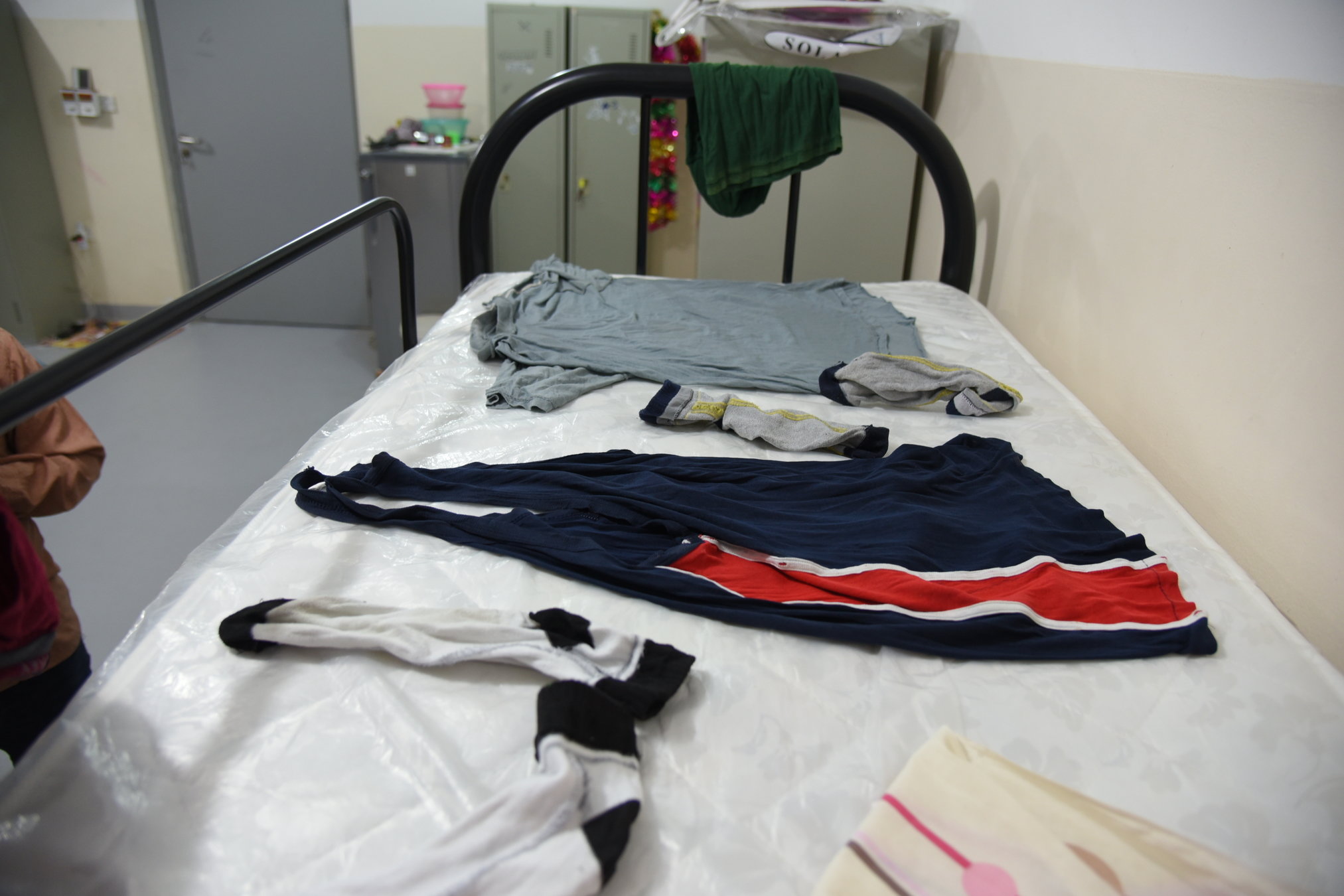
They buy a packed lunch and eat it outside their camp.

After the dinner, they sleep and the routine follows!
Not all those who work abroad, return back with money. Some return back in coffin.
More than 5000 workers have died abroad.

Photo Credit: AP News
Yet they leave the country because,
Nepal has a very high unemployment rate of 46% (CIA Factbook)

Meet Ratan
- Left to work in 2002
- 8 Years in Malaysia
- Returned in 2010
From his remittance earnings, he bought:
- A Motorcycle
- A tractor (Rs 500,000)
- Payment for his daughter's dowry
I am planning to go back again to earn more to pay back the debt.
Photo Credit: Puru Shah
Ratan and people like him go abroad
so that they can overcome the CYCLE of
POVERTY
Khairba is one of the villages in Southern Nepal which largely exports migrants to Gulf countries.
The upcoming slides provide a peek into the lives of the people in Khairba.
Note: Names have been changed to preserve identities.

This plastic bag is his backpack and has all his books, notebooks, and stationery items.
His schooling is possible due to his father's remittance.
Meet Pancha
Photo Credit: Puru Shah

He and his friends go to a private school together
Praveen Yadav, child's father works in Qatar. He missed seeing his son grow up.
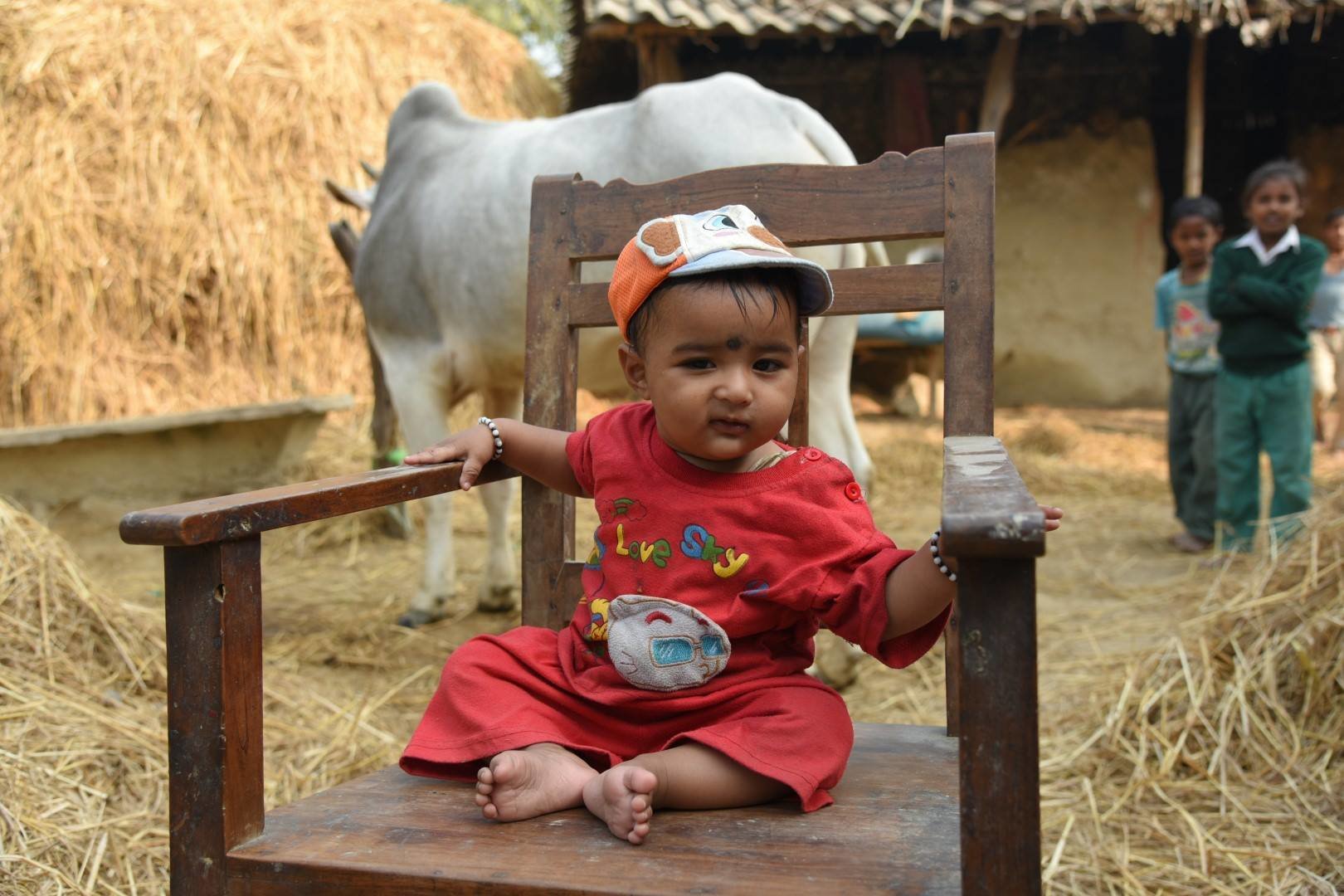
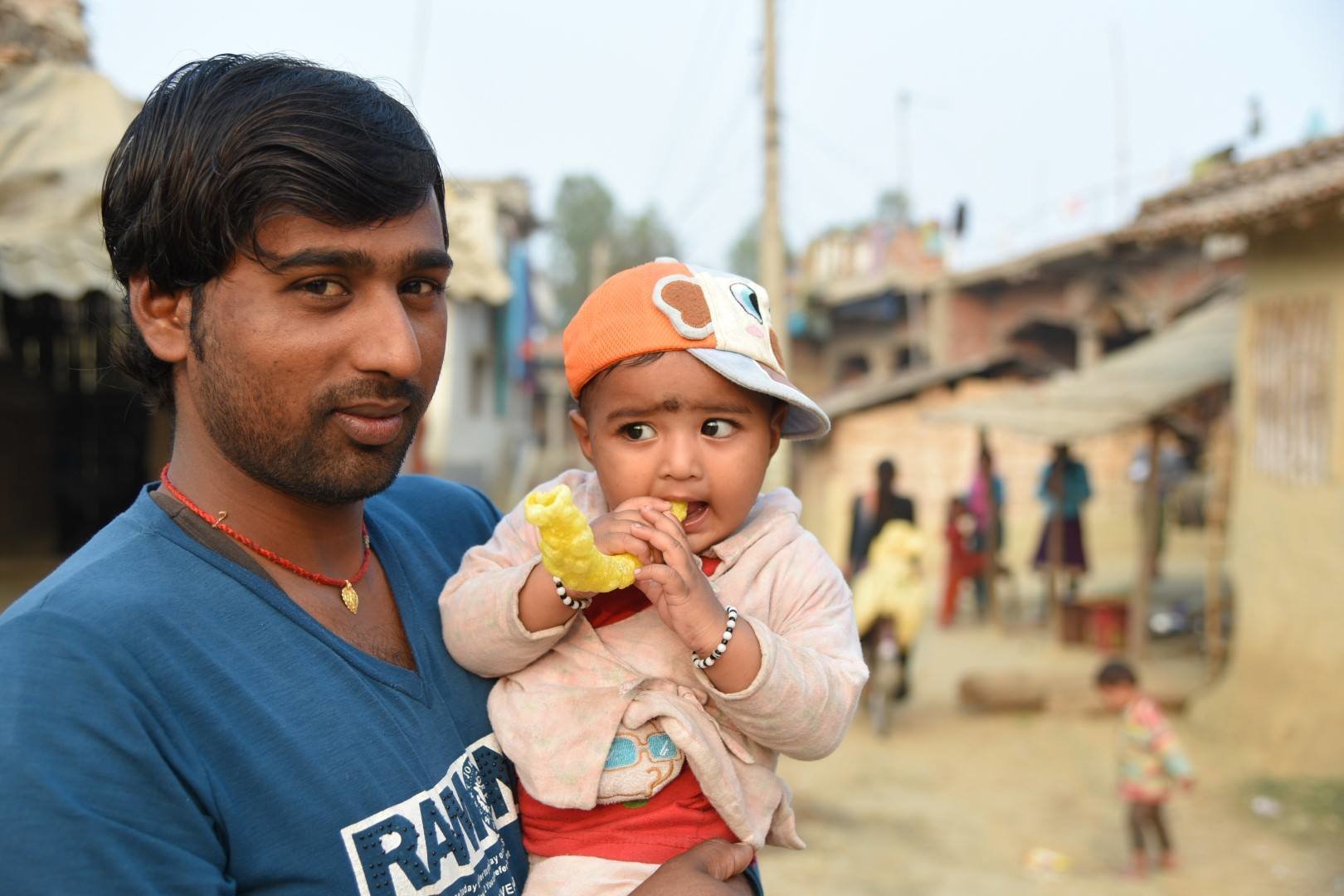
Praveen Yadav has currently returned from Qatar.
He is happy to spend some months with his child before going back.
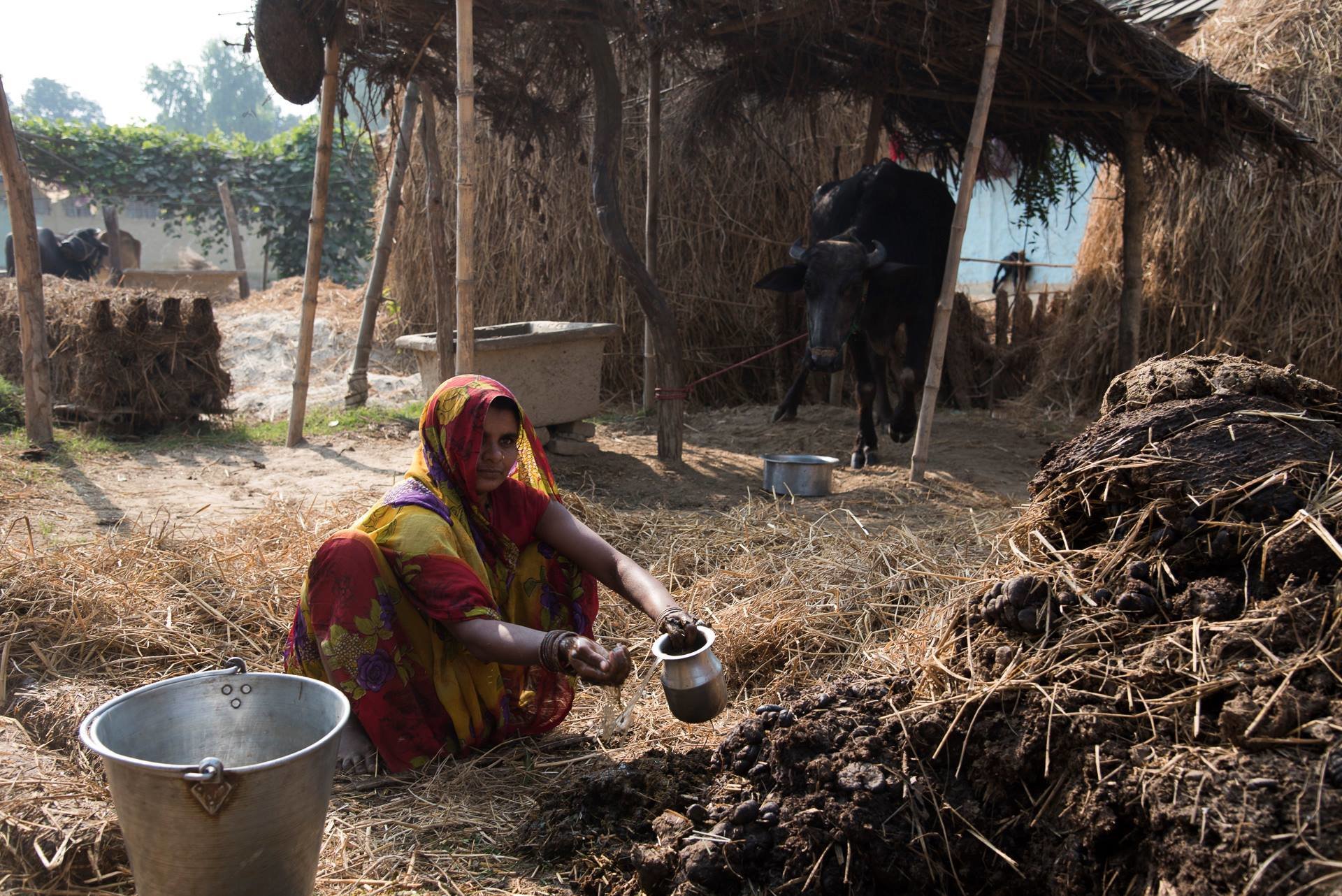
Have you made a cake?
As men work abroad as laborers, women work in their homes. She makes cow dung cakes to burn as biomass fuel for cooking.
A lot of families rear buffalo for milk. They sell excess milk for additional income.


Some also raise goats.
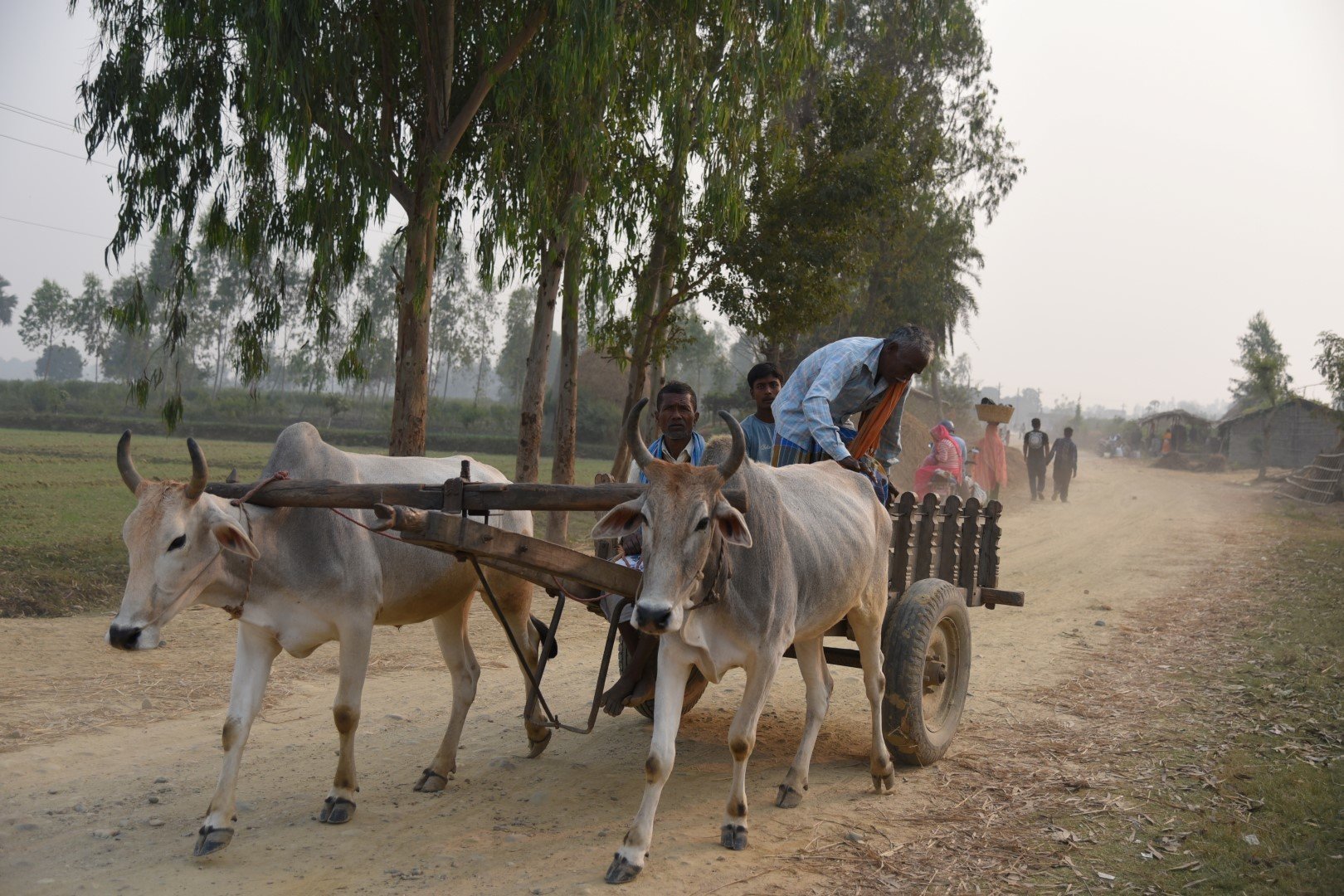
Although villages get a lot of remittance, bullock carts are still a major source of transportation.
Pancha
- takes his buffalo for grazing in the fields
- goes to school in the morning
- helps his mom in households in the evening
- takes care of his brother
- has no Internet
- no access to newspaper
- has no consistent access to electricity
His father works abroad so that Pancha does not have to struggle.
There are many more families like Pancha's.

Meet Bahadur.
He has 2 granddaughters from his 2 sons. His younger son is unemployed and Bahadur wants him to go abroad and be gainfully employed like other young men in the village.
Because youths work abroad, it is mostly old people and children left behind.

Meet Mantiya.
She makes tasty Jhili and Kachadi. People come to her Dhaba to eat. It is her source of income.
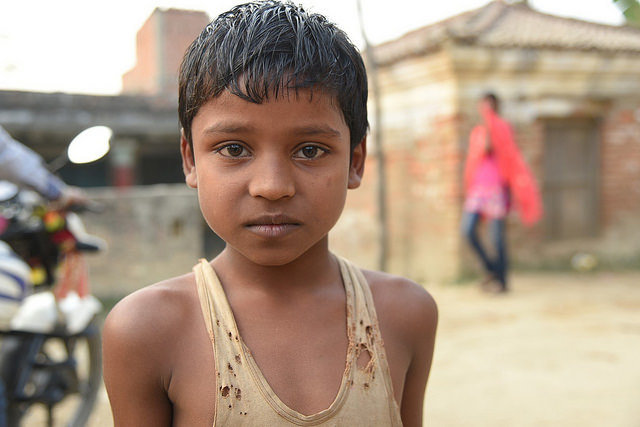
Winter Blues
Young men leave their homes to work as migrant workers in the Gulf region so that their children can have a brighter future. A child with only one layer in the middle of the winter. Taken on Christmas 2016.
Photo Credit: Puru Shah
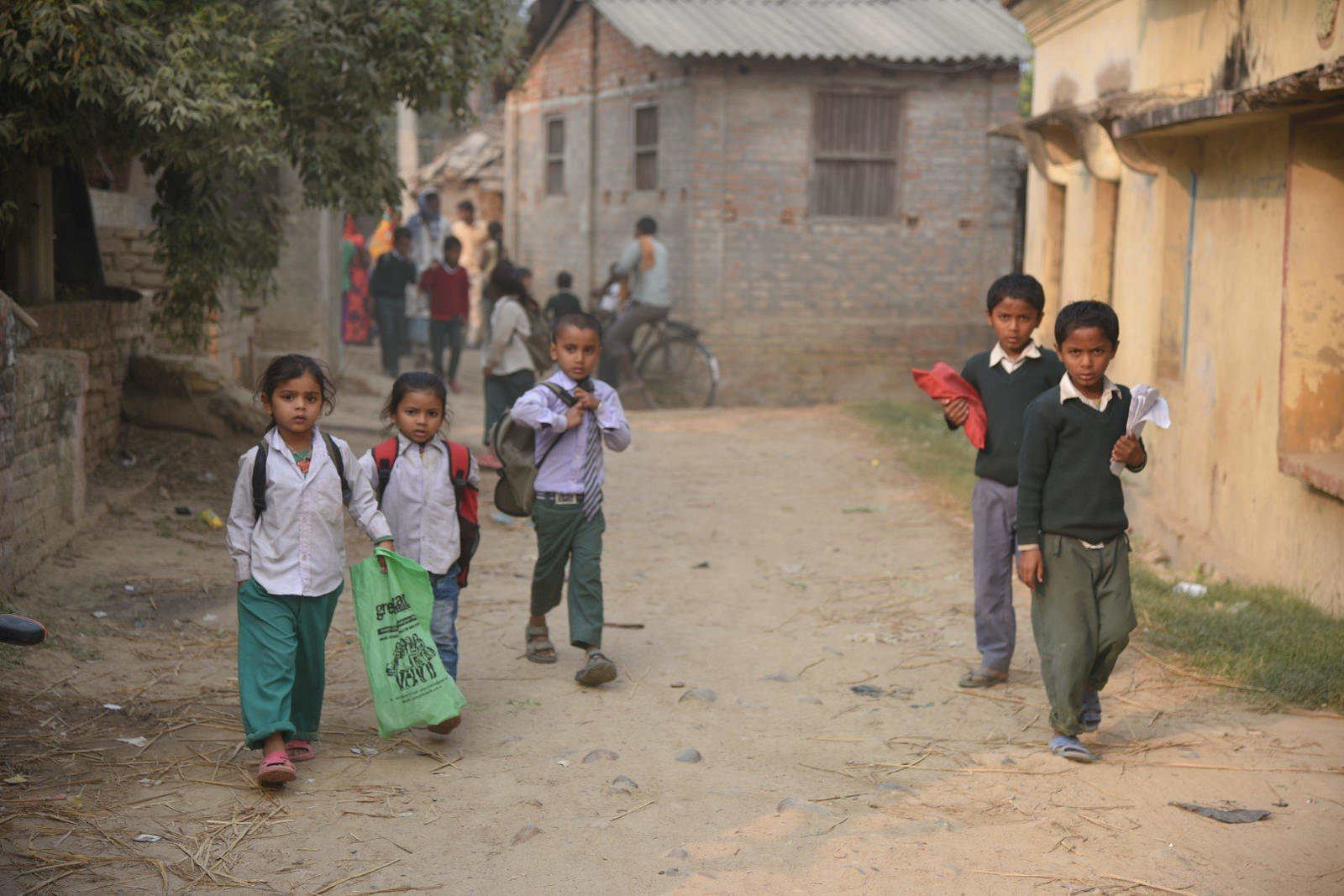
Going to School
Young PEOPLE leave country for a brighter FUTURE of their family sacrificing:
Family
Community
Language
Culture
Their safety
Some achieve their DREAM and rest are TRAPPED in the cycle of
POVERTY

Wait, lets pose before you click!
Despite all troubles, it is often difficult to find a sad face in this community.
Photo Credit: Pallavi
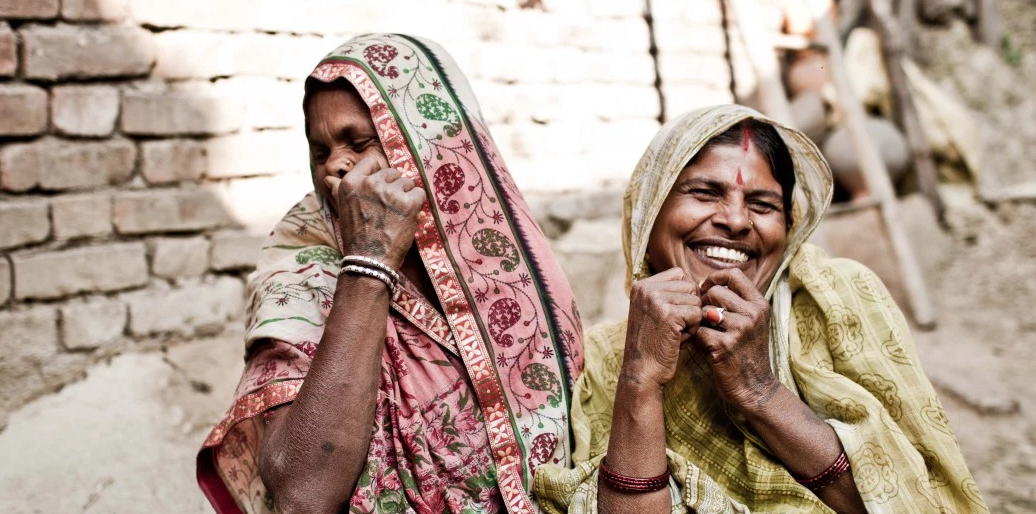
Compiled by Deepak
Story: Puru Shah
Photo Credit: Seb Roberts
deck
By ghirni
deck
- 146



